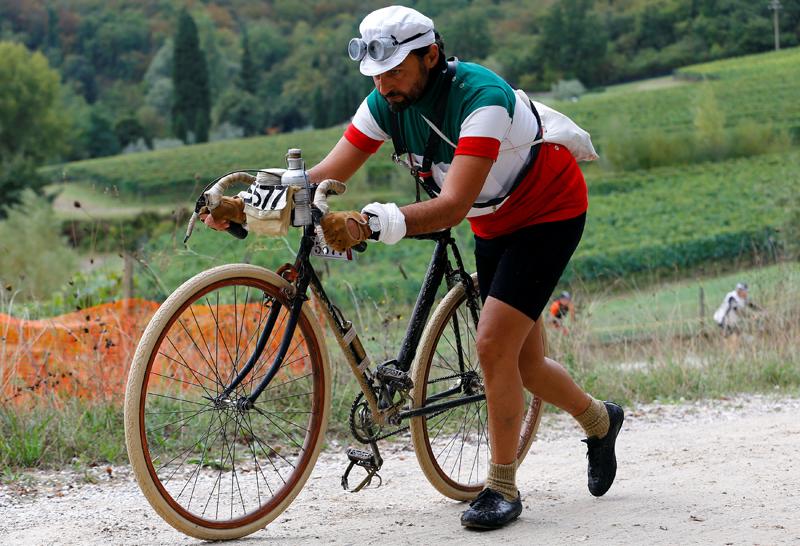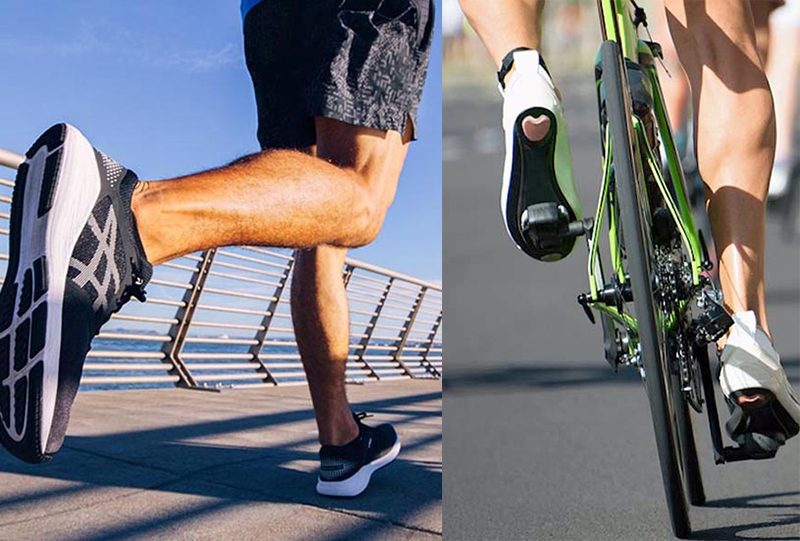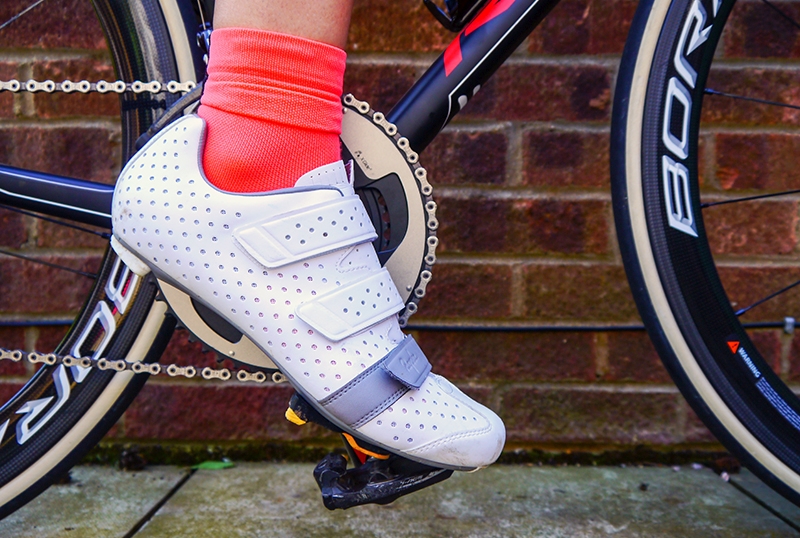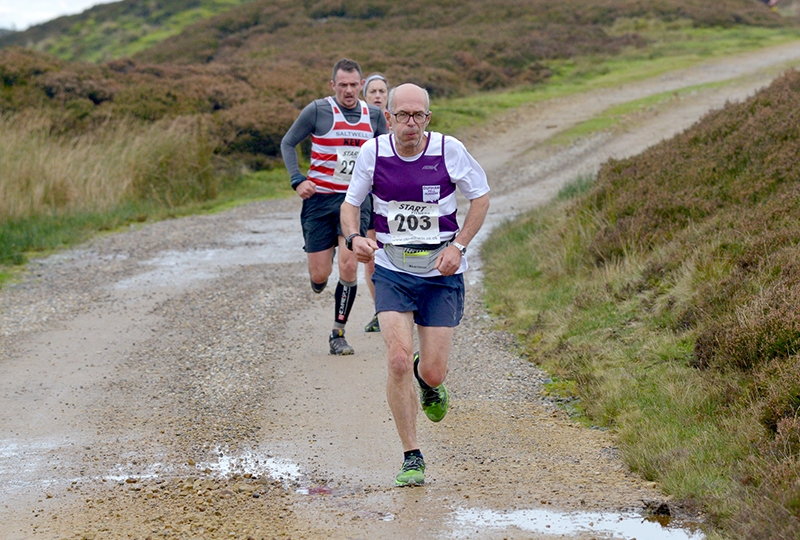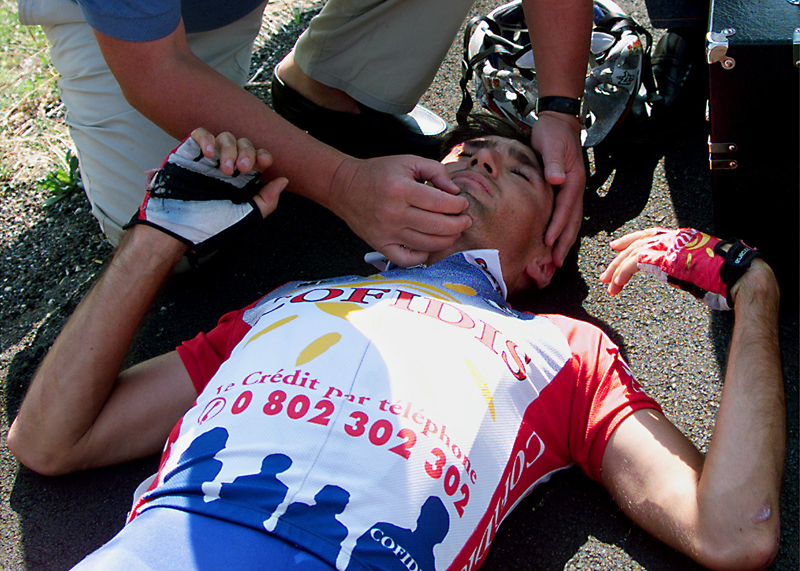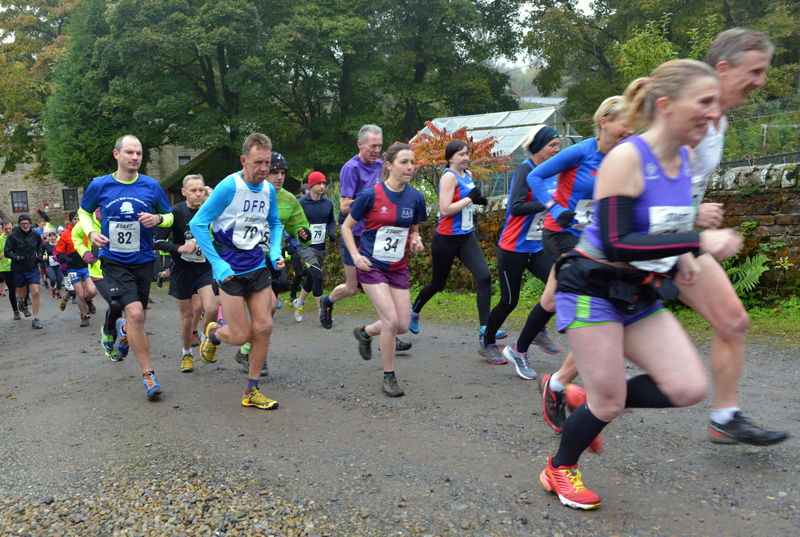You are viewing 1 of your 1 free articles. For unlimited access take a risk-free trial
Older cyclists: don't feel the pressure!
Andrew Hamilton explores the link between prostate health and cycling, and explains why older male cyclists should refrain from cycling prior to a PSA test
In recent years, the issue of prostate health in men has been discussed much more widely in the media and rightly so. Research has shown that men are much more likely to ignore the tell-tale signs of a prostate problem, than for example, women who find a lump in their breast. Part of this is cultural (men have often been conditioned to be ‘tough’ and to ignore health problems) and part is simply ignorance. However, the issue of prostate cancer is something that all men over the age of 50 need to be aware of.
One of the most common screening tests performed to help determine prostate health is the ‘PSA’ test. PSA is secreted by the cells of the prostate and is present in only small quantities in the blood of men with healthy prostates. However, it is often elevated in the presence of prostate cancer or other prostate disorders. While determining PSA levels alone is insufficient to diagnose whether treatment may be required, it is nevertheless one of the best available yardsticks that doctors currently have, which means that it’s important any PSA test is as accurate as possible.
In recent years however, there’s been some anecdotal evidence that distance cycling can temporarily increase PSA levels – most likely due to the physical trauma to the prostate region as a result of spending long hours in the saddle. These raised temporarily raised levels of PSA are not a problem by themselves. However, if a period of cycling takes place prior to a PSA test, this could lead to a false positive result, which is obviously undesirable as it could suggest a problem that does not actually exist.
Australian research
In a landmark study on this subject, Aussie scientist investigated PSA levels in 129 male participants, ranging in age from 50 to 71 years (average age of 55 years), who rode between 55 and 160 kilometres in a recreational group bicycle ride(1). Blood samples for PSA analysis were drawn within a 60-minute period before starting, and then again within 5 minutes after completing the ride. The researchers then compared the pre-cycling and post-cycling PSA levels using statistical analysis; in particular, they were keen to discover what impact the age of the cyclist had on the results and also whether the distance cycled affected the results.
What they found
When the results were number crunched, it was clear that cycling did cause the levels of PSA to significantly increase – the average increase across all the riders was 9.5% (an increase of 0.23ng/ml). Using the standard PSA upper healthy limit of 4.0ng/ml, this meant that the number of participants with an elevated level of PSA increased from two pre-cycling to six post-cycling. It was also clear that the older the rider and the further they had cycled, the greater the rise in PSA that occurred purely as a result of cycling.
Practical implications for older cyclists
Let’s just start with a clarification here; the fact that PSA levels rose after cycling does NOT mean that cycling increases the risk of prostate cancer. In fact, the consensus of research suggests that men who stay physically fit and keep trim through exercise like cycling are significantly less likely to develop prostate cancer then their sedentary and overweight counterparts. Indeed, a large review study (a study that reviews the evidence from a number of previous studies) published just last year found that regular, vigorous physical activity reduces the risk of prostate cancer in men(2). What it does mean though is that there’s a temporary increase in levels of PSA (probably because of the physical trauma to the prostate gland during riding).
Given the raised levels of PSA following a lengthy period of cycling, the clear implication is that cyclists who go for a PSA test should ensure they abstain from cycling beforehand. The authors of the Aussie study above suggest a 24-48 hour period of abstinence prior to a PSA test. Saddles with a cut out to help reduce pressure on the perineum region of the groin may help in this respect by giving the prostate an easier time. However, in order to avoid the possibility of a false high PSA test, it’s still advisable to refrain from cycling completely before any test!
References
- PLoS One. 2013;8(2):e56030.
- Eur Urol. 2018 Oct 6. pii: S0302-2838(18)30730-9
Newsletter Sign Up
Testimonials
Dr. Alexandra Fandetti-Robin, Back & Body Chiropractic
Elspeth Cowell MSCh DpodM SRCh HCPC reg
William Hunter, Nuffield Health
Newsletter Sign Up
Coaches Testimonials
Dr. Alexandra Fandetti-Robin, Back & Body Chiropractic
Elspeth Cowell MSCh DpodM SRCh HCPC reg
William Hunter, Nuffield Health
Keep up with latest sports science research and apply it to maximize performance
Today you have the chance to join a group of athletes, and sports coaches/trainers who all have something special in common...
They use the latest research to improve performance for themselves and their clients - both athletes and sports teams - with help from global specialists in the fields of sports science, sports medicine and sports psychology.
They do this by reading Sports Performance Bulletin, an easy-to-digest but serious-minded journal dedicated to high performance sports. SPB offers a wealth of information and insight into the latest research, in an easily-accessible and understood format, along with a wealth of practical recommendations.
*includes 3 coaching manuals
Get Inspired
All the latest techniques and approaches
Sports Performance Bulletin helps dedicated endurance athletes improve their performance. Sense-checking the latest sports science research, and sourcing evidence and case studies to support findings, Sports Performance Bulletin turns proven insights into easily digestible practical advice. Supporting athletes, coaches and professionals who wish to ensure their guidance and programmes are kept right up to date and based on credible science.
